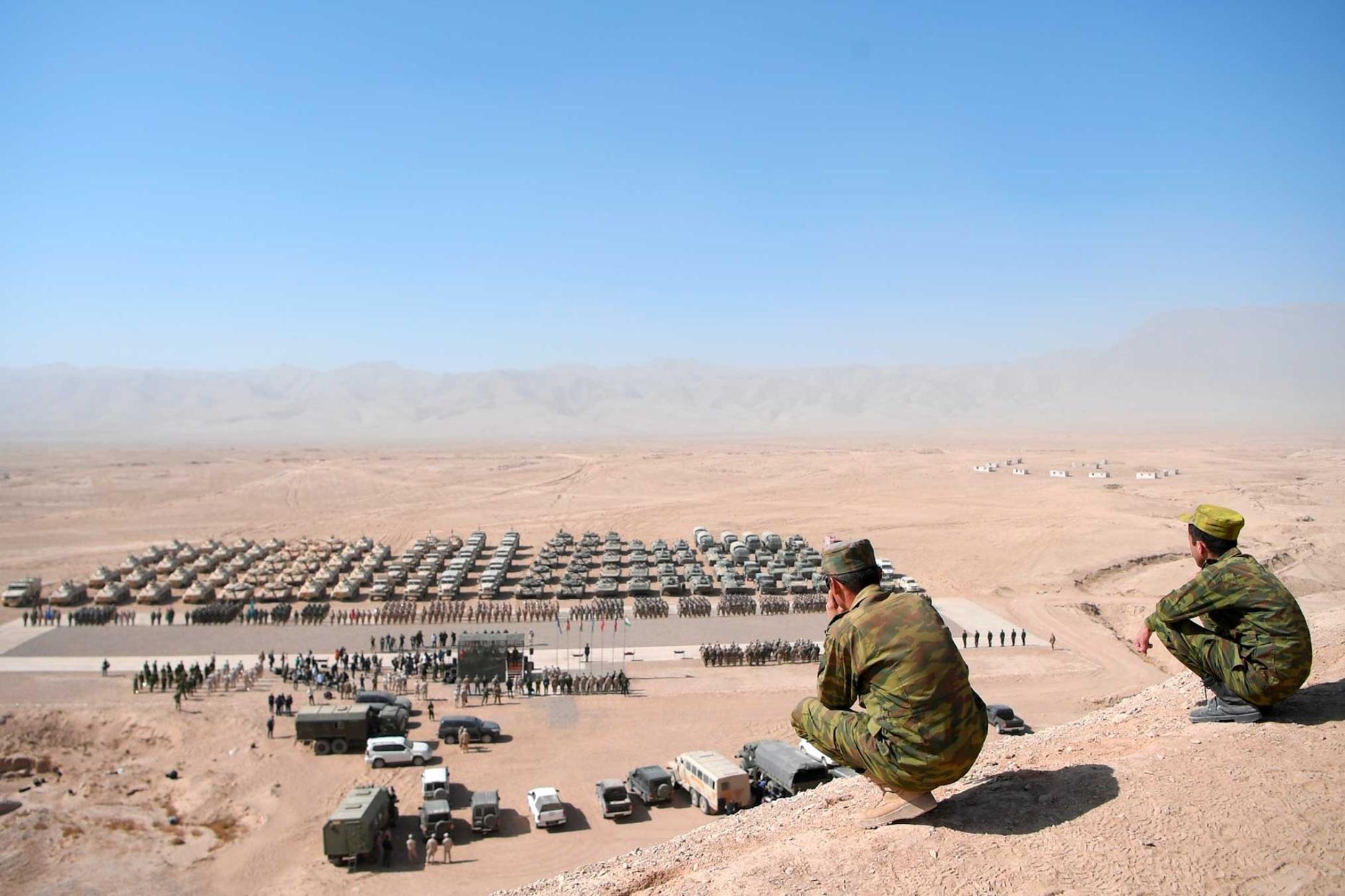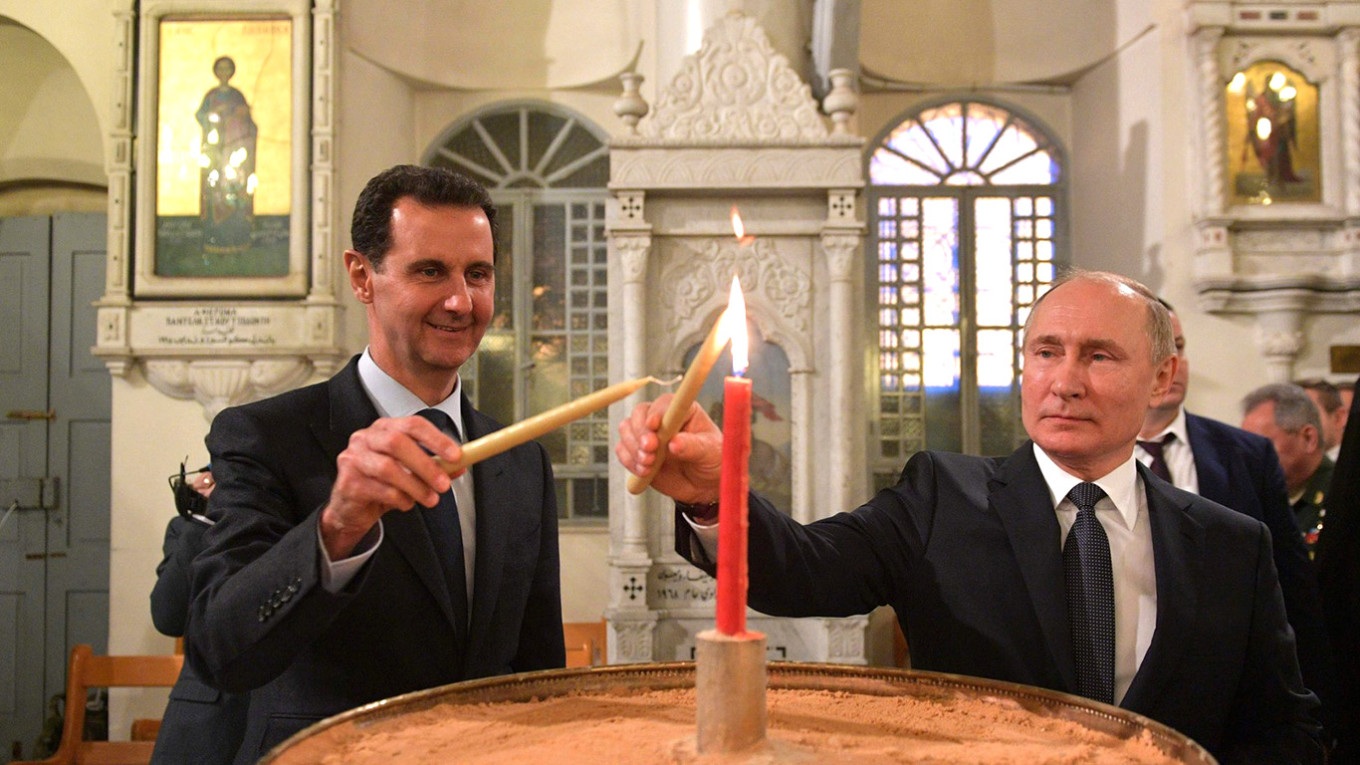by Ibaa Younis*
Damascus is the capital of Syria and one of the most ancient and continuously inhabited cities in the world. The city is clearly divided into two parts; old and new. In this sense, it combines the present time features and the deep-rootedness of the past.
The charm of old Damascus is irresistible. Tourists from all over the world cannot do without visiting the old city. The ancient city of Damascus contains various archaeological destinations such as souks (markets), squares, mosques, churches, schools, paved streets, castles and the old Roman wall. It is noteworthy that although the old city is only 5% of the total area of the current city, it contains most of the ruins of Damascus and the historical monuments in the city date back to different successive civilizations, aged thousands of years, that the ancient city went through.
The Ottomans conquered Damascus in 1516 and ruled over the area for the next 400 years, during which many people were provoked to flee Syria. Nonetheless, they did bring some remarkable things, including the famous covered market or Al Hamidia souk which is located at the heart of the old city next to the citadel. The Souk is covered by a 10-metre tall metal arch and is about 600 meters long and 15 meters wide. A memorable experience for visitors is exploring the various markets of Al Hamidia souk where one can buy clothes (modern and traditional), food, musical instruments, accessories and, most importantly, herbs and spices. This market is famous for having its roof over the shops.
Another famous market that is parallel to Souk Al Hamidia is Medhat Basha Market (souk Medhat Basha) which was established in 1878, the era in which Medhat Basha was the governor of Damascus. It is one of the most ancient markets in the city and is covered (the same as Souk Al Hamidia) in the first part of it. On both sides, there are different shops that remain faithful to the history of old Damascus. It penetrates the ancient city and extends from Bab Al-Jabiya to Bab Sharki. (The city used to be surrounded by a wall with seven doors to protect it). The bab (Arabic for door) was the only way for people to access the city. Some of the sub markets of Medhat Basha are Bzouriya (the Arabic word for herbs and spices), Khyateen (the Arabic word for tailors), Souf ( the Arabic word for wool) and others. In the open part of the Market there are a great many churches, such as the Church of Hanania or Saint Ananias’s Church, which dates back to the Byzantine era, and the sanctuaries from the beginnings of Christianity.
During the rule of the Umayyad era, in the year 634, the Umayyad mosque was built, it is also known as the Great Mosque of Damascus, which is the most important monument in the city. It has served as a place of worship for over a thousand years. It's said that when Christianity dominated the region before the Muslim conquest, the Umayyad Mosque had been a Roman sanctuary of Jupiter before being transformed into a church. It is located at the end of Al Hamidia market.
One cannot talk about the ancient city without mentioning Al-Azm Palace. One of the most important tourist destinations in the old city. It was built in the eighteenth century AD, and is located at the northern end of Al-Bzoria market and on the north is the Great Umayyad Mosque. The palace is about 6,400 square meters. It is one of the most important features of old Damascus in Syria and one of the finest and most beautiful Islamic buildings. Al-Azm Palace was restored in 1954 to become one of the most beautiful and magnificent palaces and models of Damascene architecture. It was transformed into a museum of folk traditions. The palace was renovated in all its internal and external sections and its rooms were equipped with many halls displaying the customs and traditions that represent Syrian folklore. It is also an example of the ancient Damascene buildings with its colorful stones, sections, halls, interior gardens, water fountains and its impressive champers.
The old city of Damascus is a real treasure that must not be missed. The great architecture, the remains and the historical beauty are always mingled with the good heartedness of the people living there. They are kind, generous, and helpful. This adds to the charm of this splendid city.
*A Syrian writer and translator based in Damascus





